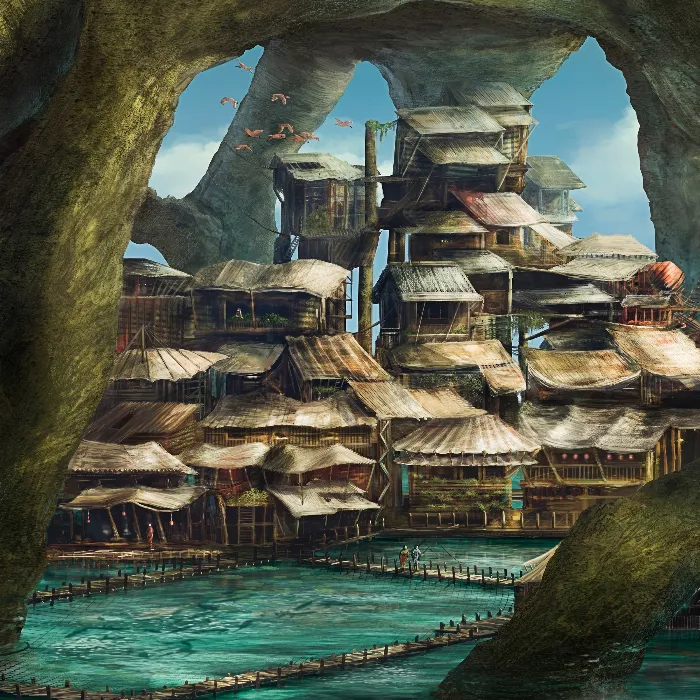Digital modeling of scenes can be an exciting challenge. With SketchUp, a free 3D program, you can easily and quickly create 3D models that can also be used in digital painting and matte painting. In this guide, I will explain how you can use SketchUp efficiently for your projects.
Key findings
- SketchUp is a free and user-friendly 3D modeling program.
- Navigation within SketchUp is primarily done using the mouse.
- It is important to consider the central perspective to create realistic models.
- Export your models for further editing in Photoshop.
Step-by-step Guide
1. Download and Install SketchUp
Start by downloading SketchUp. Be sure to choose the German version, as there is also an English one. Installation is simple, just like any other software. For Windows installations, I recommend running the program as an administrator to avoid any error messages.
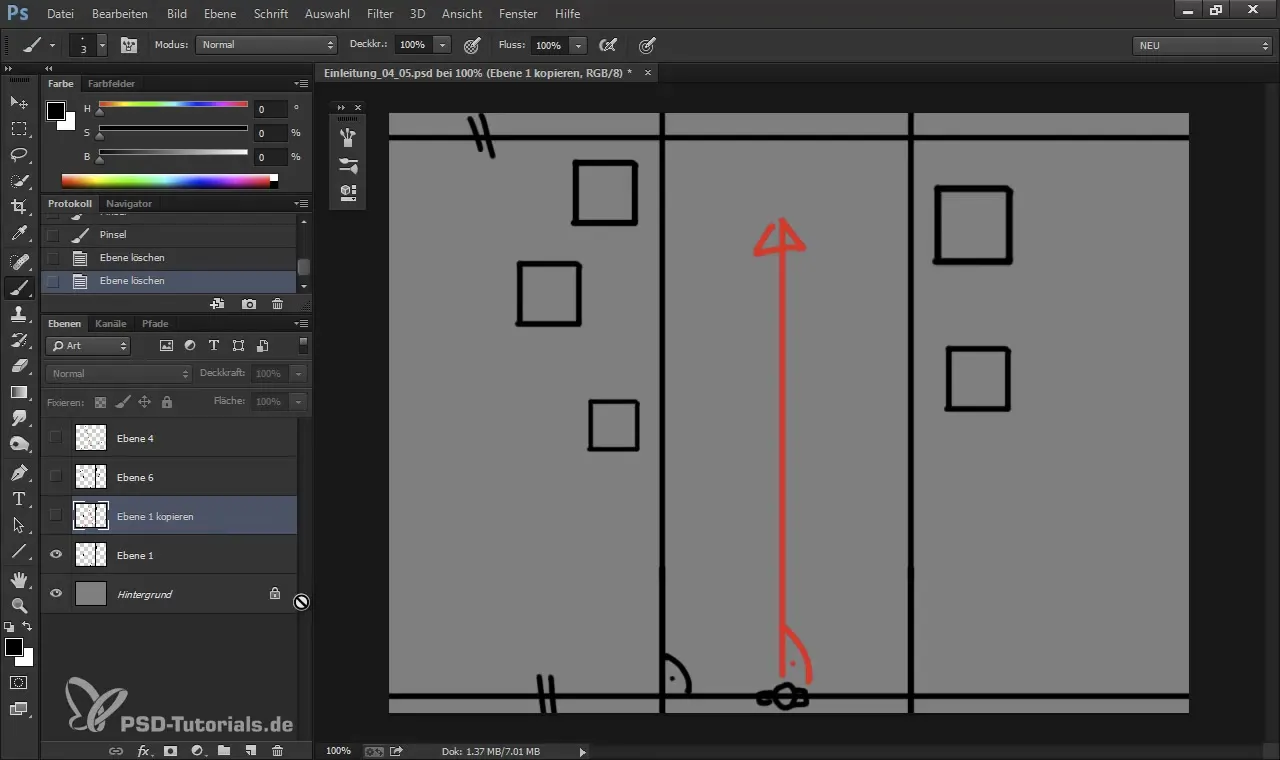
2. Starting the Program and User Interface
Once you have started SketchUp, you will find a thick line and additional guide lines indicating the axes. On the left side, there is the toolbar where you can find different drawing tools. Rotation is the most important function to orient yourself in the 3D space. Use the mouse and mouse buttons to rotate and move as needed.
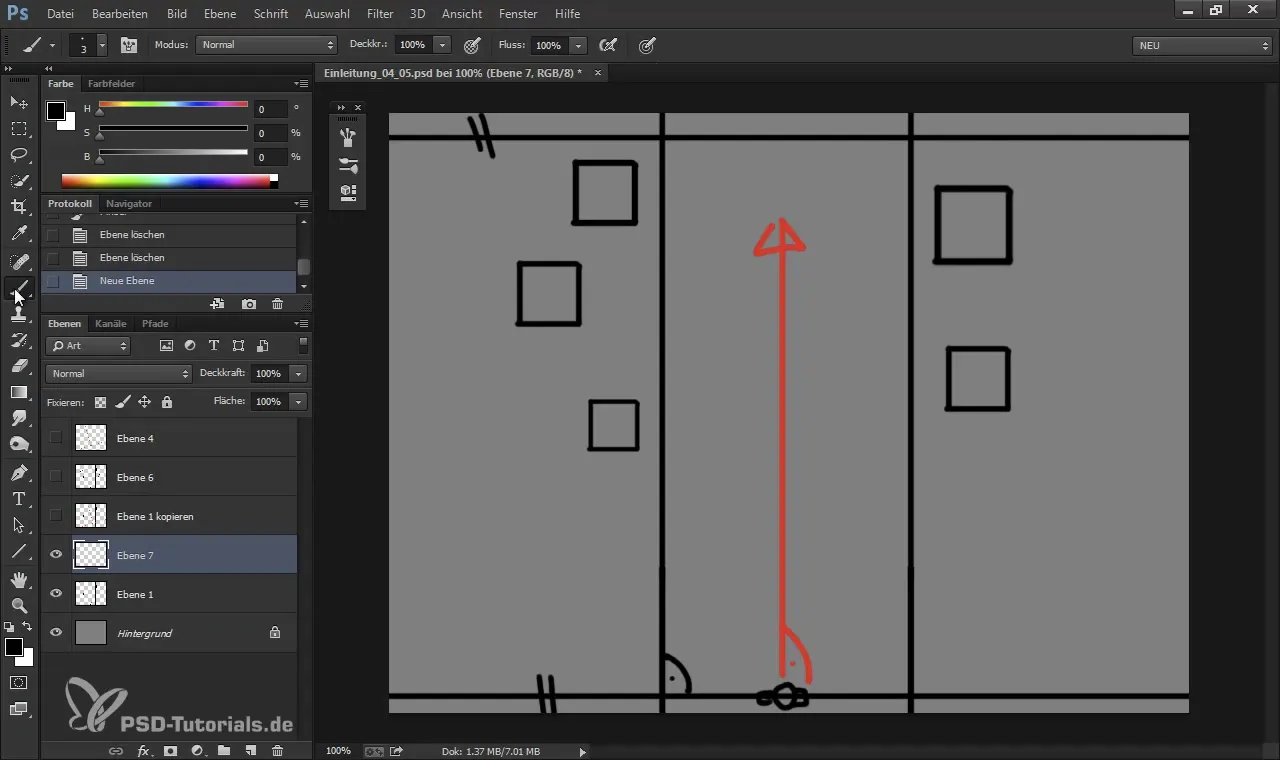
3. Draw Your Base Area
Start by drawing a base area for your model. Use the rectangle tool to draw a rectangle that represents your street. Think about how the scene should look; you can easily create the base area in the 2D space before bringing it into the 3D space.
4. Adding Buildings
Now it’s time to draw houses. Use the rectangle tool or other shapes like circles or polygonal base forms for different building types. Ensure that the edges are parallel on the base area, as this creates a central perspective.
5. Rotating Objects
After you have created your base area, the next step is to rotate the objects. Use the rotate tool to position the buildings in a way that they leave a more realistic impression. This step is important to ensure different vanishing points.

6. Create the 3D Objects
To make 3D objects from your 2D shapes, use the push and pull tool. Click on a base area and pull it up to set the height of the buildings. Experiment with different heights to create a natural skyline.
7. Adjusting the Horizon and Perspective
Once you have set the height of your objects, you can adjust the horizon. Move the horizontal line up or down to achieve different effects. A higher horizon makes the viewer's perspective appear more like a bird's eye view, while a lower horizon shows a frog perspective.
8. Export Your Model
To prepare your scene for further processing in Photoshop, export the model as a 2D graphic. Be sure to remember the export name and storage location. Select “Export > 2D Graphic” and save the file to your desktop.
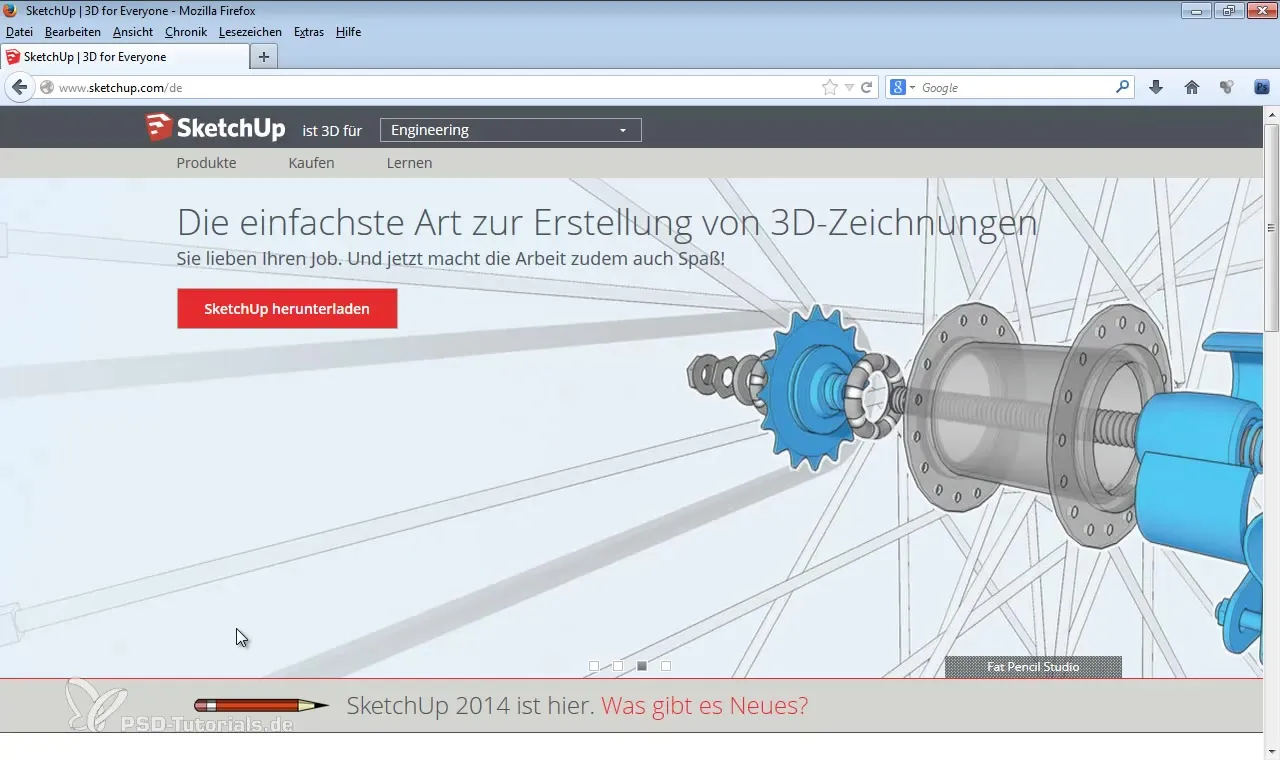
9. Post-Processing in Photoshop
Now open Photoshop and load the exported file. Here you can analyze the vanishing points and perspectives with various tools like the line tool. Use this analysis to refine and adjust your digital painting.
10. Adding Refinements and Shadows
The next step involves adding light and shadows that give the model more depth. Experiment with different light sources and shadow settings in SketchUp to create interesting lighting effects that make your model appear more vibrant.

11. Final Adjustments and Saving
Finally, you can make minor adjustments to perfect your model. Constantly check your perspective and the view of the objects to ensure everything looks coherent. Save your project regularly to avoid losing any progress.
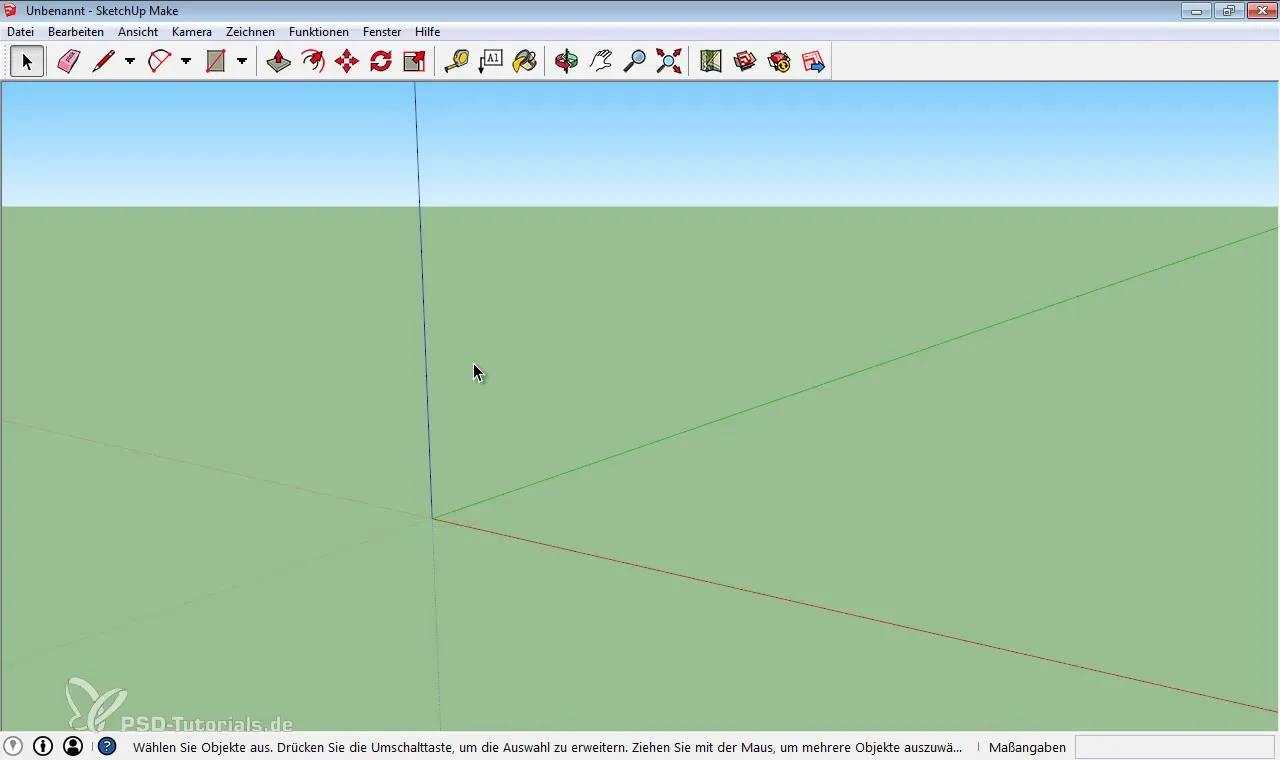
Summary – Creating 3D Models with SketchUp
With SketchUp, you can quickly and effectively create 3D models that can be used in digital painting. Proper handling of the tools and an understanding of perspective and light will help you create impressive scenes.
Frequently Asked Questions
How do I download SketchUp?Visit the official website and make sure to choose the German version.
Do I need special requirements for SketchUp?Make sure your computer meets the minimum requirements to ensure smooth performance.
Can I edit my models directly in Photoshop?Yes, export them as a 2D graphic and open them in Photoshop for further editing.
What are the most common mistakes when modeling?Ensure that the edges are parallel and that the perspective is well set to avoid unrealistic representations.
What is the best tool for rotating in SketchUp?The mouse is the best tool for navigation and rotation in the 3D representation.
